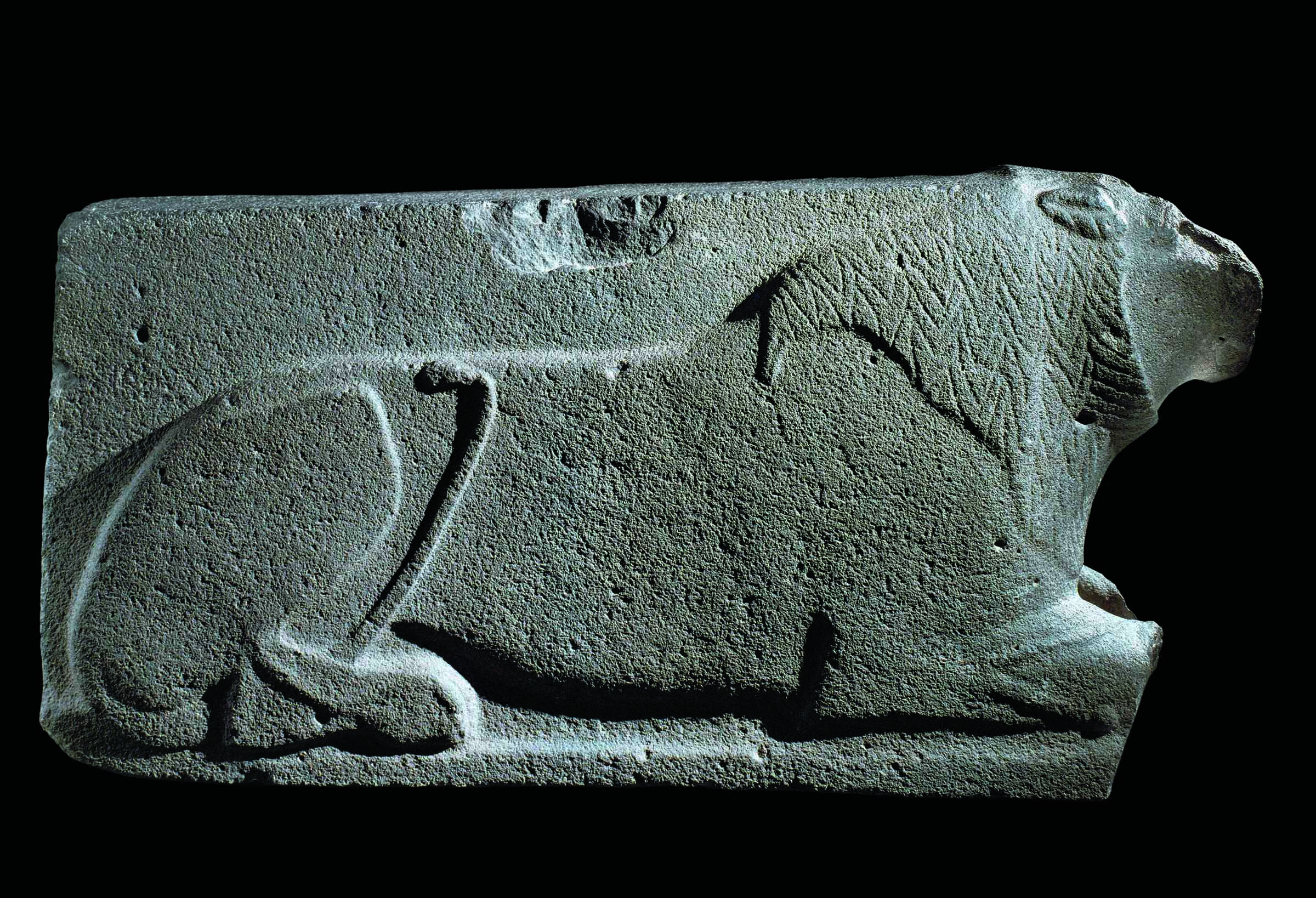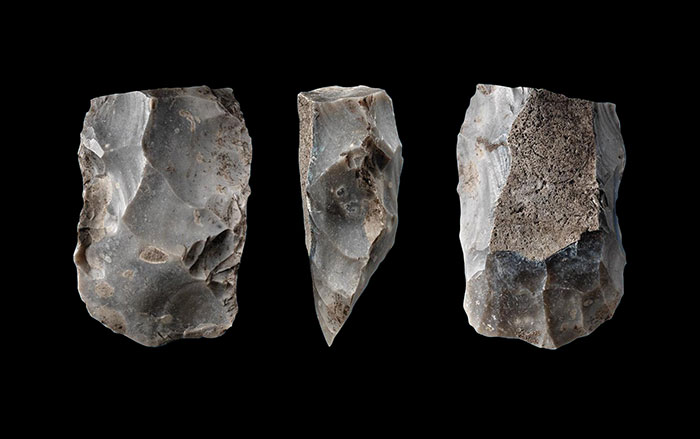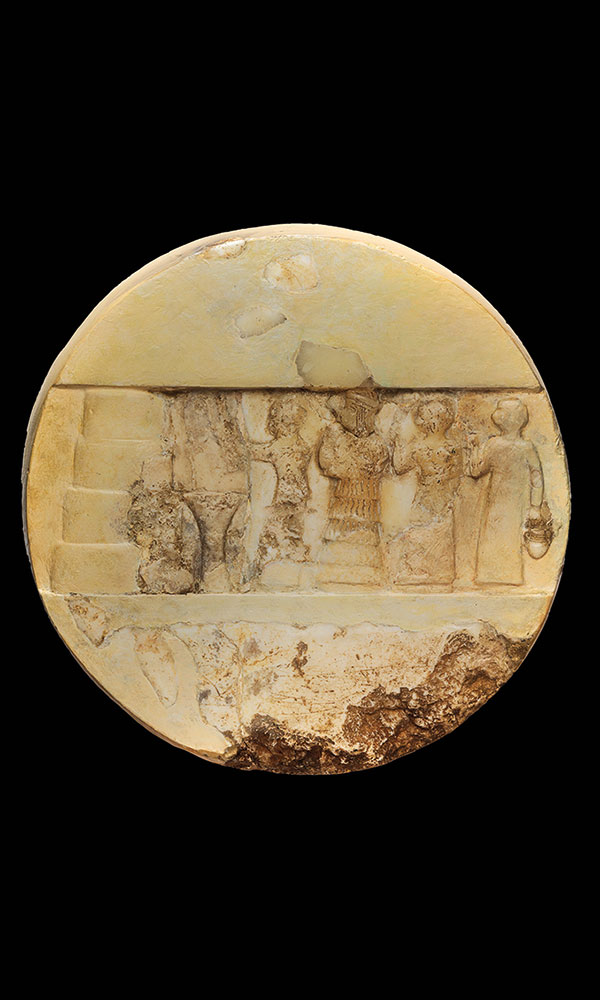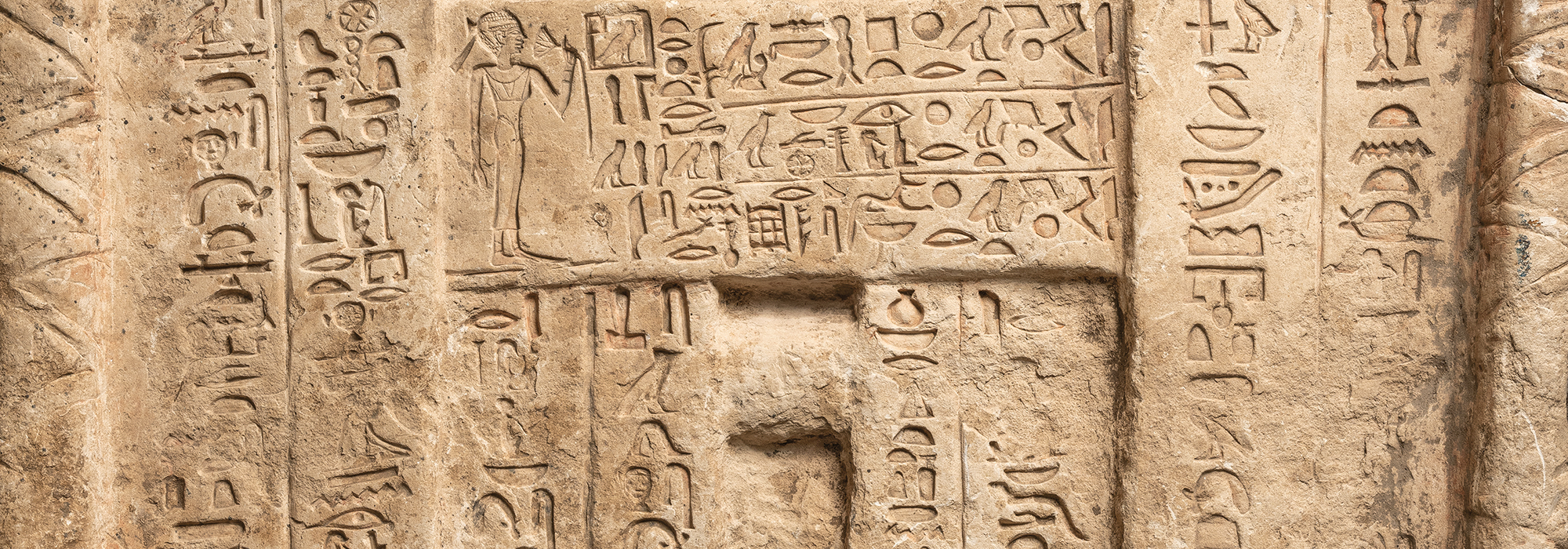
HAIFA, ISRAEL—According to a Haaretz report, evidence for the use of dyed wild cotton some 7,000 years ago has been uncovered at Tel Tsaf, a Late Neolithic village site located in northern Israel. This discovery has pushed back the use of cotton in the Jordan Valley by several centuries. Shades of blue, pink, purple, green, and brown/black have been detected on a few of the microfibers. Because cotton does not grow naturally in the arid region, an international team of researchers, including Li Liu of Stanford University, Maureece Levin of the University of Arkansas at Little Rock, Florian Klimscha of the Lower Saxony State Museum, and Danny Rosenberg of the University of Haifa, suggests it had been imported from the Indus Valley, where evidence suggests that cotton threads were used to string copper beads as early as 8,500 years ago. Other artifacts unearthed at Tel Tsaf, such as the oldest copper object unearthed in the Middle East, a clay model of a grain silo, and a stamped seal, also attest to the settlement’s wealth, the researchers explained. Read the original scholarly article about this research in Frontiers in Plant Science. To read about another recent discovery at Tel Tsaf, go to "Around the World: Israel."











